Magnolia Additions
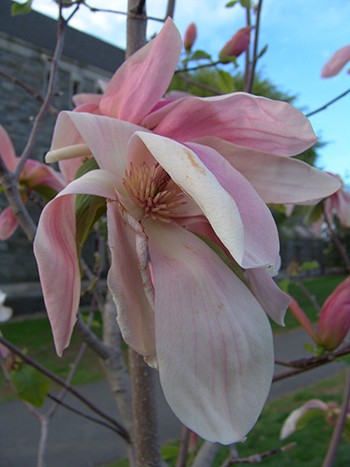 As our curator of 25 years, Andrew Bunting prepares to depart and pursue his new adventure at the Chicago Botanic Garden, he is ensuring his “magnolia treasures” are planted on campus. Typically when purchasing unique and unusual plants, they are only available as seeds or saplings. These diminutive plants are grown to size in our nursery before being planted on campus proper.
As our curator of 25 years, Andrew Bunting prepares to depart and pursue his new adventure at the Chicago Botanic Garden, he is ensuring his “magnolia treasures” are planted on campus. Typically when purchasing unique and unusual plants, they are only available as seeds or saplings. These diminutive plants are grown to size in our nursery before being planted on campus proper.
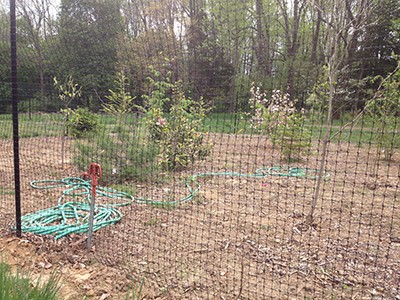
Typically when purchasing unique and unusual plants, they are only available as seeds or saplings. These diminutive plants are grown to size in our nursery before being planted on campus proper. photo credit: R. Robert
Many of Andrew’s “magnolia treasures”, originally accessioned (added to the official collection) in 2006, have reached a size of 2 and a half-inch caliper. These young trees can now be planted on campus without fear of damage from lawn mowers, walkers, and tree pulling vandals. In what feels like a part of Andrew’s swan song, fifteen new stunning magnolias have been added to campus proper within the last month.
Come check out his favorite new additions before the magnolia blooms disappear. As past president of the Magnolia Soceity International, Andrew is most excited about Magnolia ‘Daybreak’ being accessible to the public.
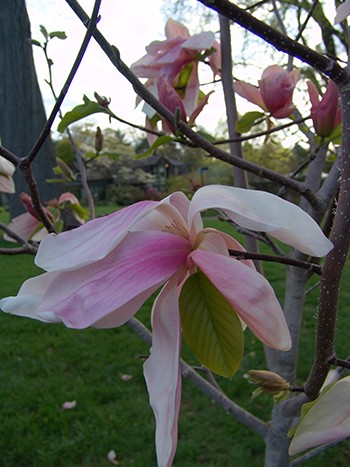
The large fragrant pastel pink flowers of Magnolia ‘Daybreak’ can be seen from the end of April until the third week in May. photo credit: R. Robert
Its large fragrant pastel pink flowers can be seen from the end of April until the third week in May. Because of this late bloom time, it is not as susceptible to frost damage as our typical saucer magnolia, Magnolia x soulangeana. With a columnar habit, the foliage also lacks susceptibility to mildew and other significant pest.
‘Daybreak’ was introduced to commerce in the 1980s and was registered as a cultivar in 1990. The Pennsylvania Horticultural Society awarded it a Gold Medal in 2004.
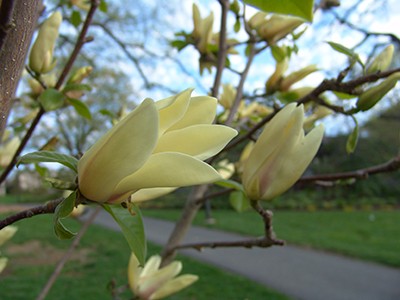
Of the new yellow magnolias planted this month, Magnolia ‘Lemonade’ is Andrew’s favorite. photo credit: R. Robert
Of the new yellow magnolias planted this month, Magnolia ‘Lemonade’ is Andrew’s favorite. He describes this cultivar as a clear yellow. This selection is also promoted as a compact shrubby specimen ideal for small landscapes.
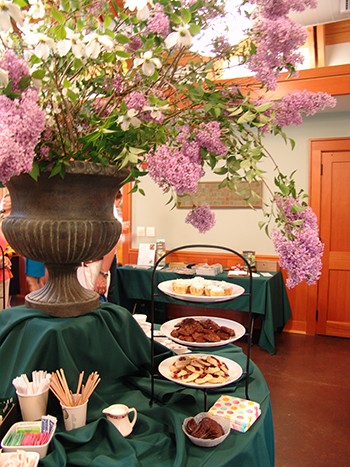
View magnolia blooms and celebrate National Public Gardens Day at the Blooming Bash on Friday, May 8, 2015. photo credit: R.Rpbert
Come explore all our magnolia blooms, and Andrew Bunting’s last tour as curator of the Scott Arboretum, on Friday, May 8, 4 to 6 pm at the Blooming Bash: A Celebration of National Public Gardens Day.





No Comments